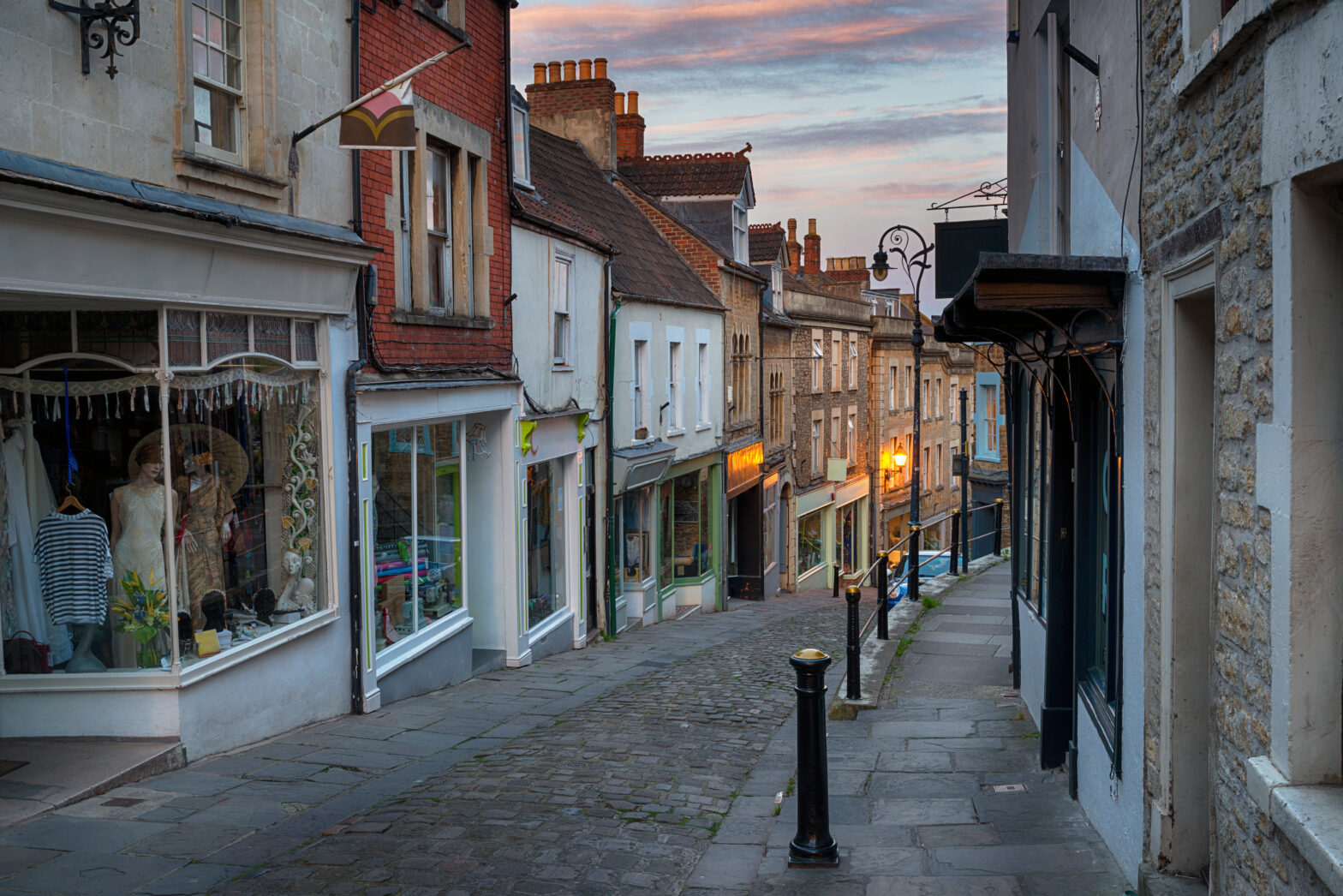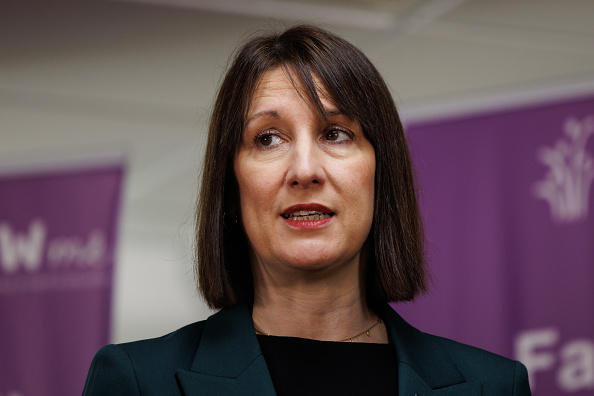Office of National Statistics’ (ONS) retail figures reveal high street sales collapsed to their biggest fall for nearly four and a half years. ParcelHero says the results prove the findings of its major new report that the death of the high street is just a little over a decade away.
High street sales collapsed by nearly 2 per cent in December 2016 – the most vital sales period of the year – against November’s figures – even as online sales grew 21.3 per cent against the previous December.
ParcelHero’s head of consumer research, David Jinks MILT, thinks this proves the findings of its new report – 2030: The Death of the High Street – that within 13 years the impact of online shopping and home deliveries will mean over half of today’s town centre stores, with all their familiar names.
Online shopping reigns supreme
David says, ‘Analysts are calling December’s high street sale’s figures ‘disastrous’ and there’s little wonder. As our report reveals, the disappearance of BHS, Staples, Banana Republic and American Apparel from Britain’s streets are just the tip of the iceberg of the peril facing town centre shops.
‘Home deliveries are set to destroy our town centres by 2030 unless there is an urgent rethink in the way we use our high street. Planners and retailers need to wake up to the e-commerce Revolution, and plan for a different kind of town centre; with fewer shops and more homes, restaurants and places of entertainment.’
David adds, ‘Between 2020 and 2030 half of the UK’s existing shop premises will have disappeared. 100,000 stores will close, leaving just 120,000 shops on our high street. And that’s because by 2030 e-commerce will account for around 40 per cent of all UK retail sales.
‘For example, our department stores are collapsing, Alders and BHS will not be the only failures. Of the surviving 200 large businesses, 48 business are already labelled in danger and 53 made a loss last year. How long can the sector continue?’
David continues, ‘Clothing stores are the latest fashion victims, with Banana Republic even now slipping from our streets. In 2013 alone there was a net loss of 264 fashion stores from our high street. The online fashion industry could reach £36.2 billion by 2030: 63 per cent of the market compared to today’s 21 per cent.’
Retailers are fighting back through their own internet sites. John Lewis is one company pushing ahead online. A quarter (25 per cent) of its sales are now through the internet; that’s more than its Oxford Street flagship sells. And Tesco’s revenue is £2.9 billion online, second only to Amazon.
He says, ‘In a way this is cannibalism; these sales will be at the expense of companies’ own physical stores.’
There is some hope for the future, reveals the report. High street must return to a Victorian model, it finds. Shopping should become a more social experience again. Homes must also return to UK high street to prevent no go areas after 6pm.
David concludes, ‘It has already been shown that home deliveries are far greener than shoppers climbing into their cars to visit various stores. We must all learn to adapt to the rise of e-commerce and introduce new reasons for us all to return to our town centres.’





